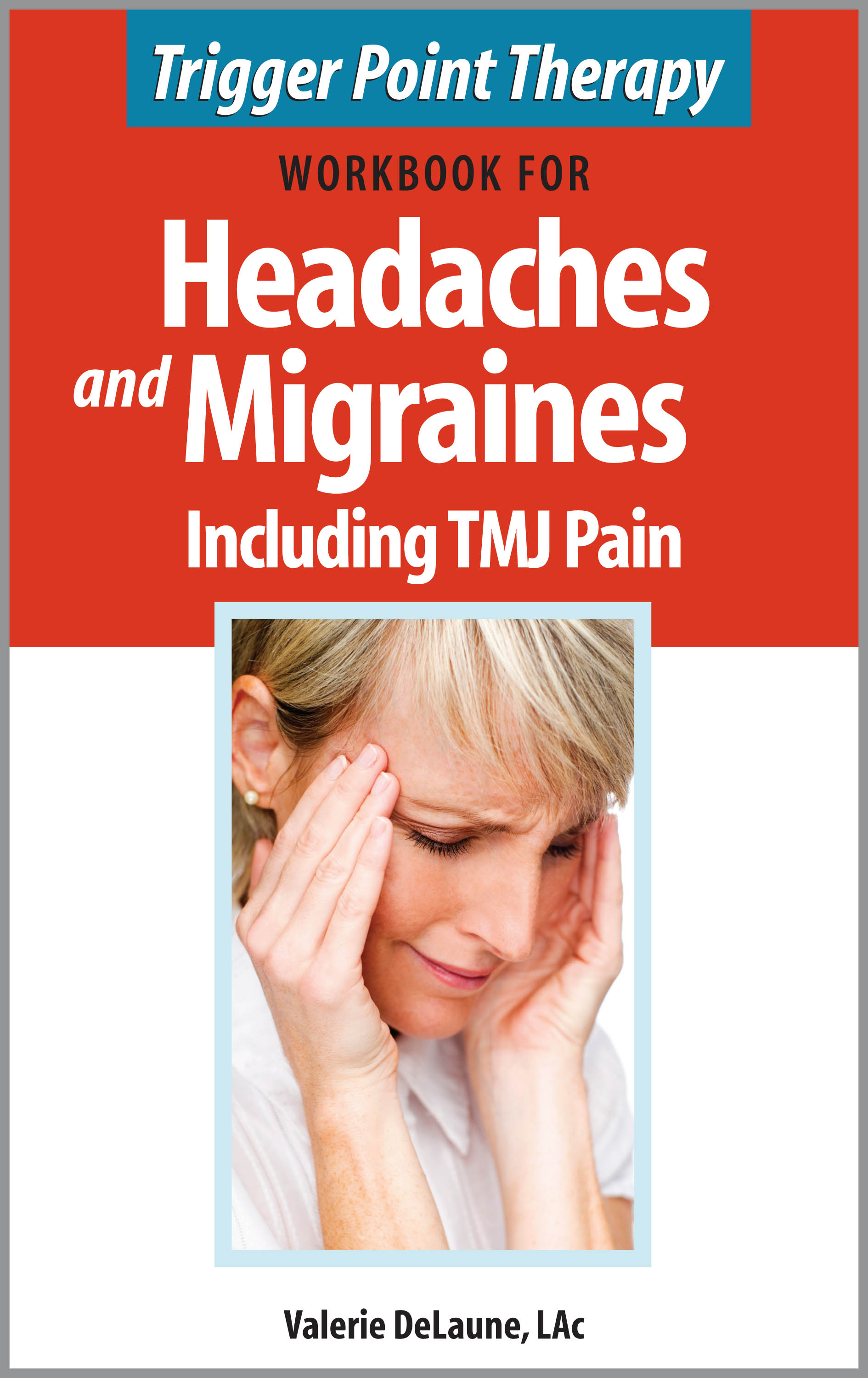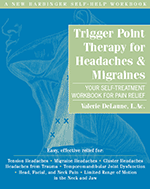
Foreword by Dr. Steven Lavitan
At the same time that health care spending is spiraling out of control, millions of Americans are in chronic pain, with head pain being one of the most common types. U.S. statistics regarding quality of health care are among the worst of any industrial country, and yet we pay the most for that care in both absolute and per capita terms. In addition, many of our conventional interventions cause more problems than they help. In fact, we are in the unenviable position of paying more money for less health and longevity than any other country in the world. In terms of resolving this health care crisis, the government, insurance companies, drug companies, medical centers, and most patients seem to be stuck going nowhere.
But against this backdrop, the tide has been turning in the form of quiet health care revolution few people have noticed. Patients are now more likely to see natural practitioners than anyone would have guessed before surveys by David Eisenberg, director of Harvard Medical School’s Division for Research and Education in Complementary and Integrative Medical Therapies. In 1982, John Naisbitt, a best-selling author in the field of future studies, predicted there would be a megatrend of low-tech, high-touch approaches in health care, something David Eisenberg’s surveys support, but in reality, the watershed event preceded even him by decades.
Between World Wars I and II, Dr. Janet Travell, a young female cardiologist, was working at an major American medical center. She was assigned patients who had recovered from heart attacks but were still experiencing chest and left shoulder or arm pain even though EKGs and other tests indicated no heart problems. These patients were considered cranks or, in the vernacular of the day, hypochondriacs. Perhaps Dr. Travell was assigned these patients because, being female, it was thought she wasn’t capable of “serious” work. However, she not only worked them up using standard cardiological procedures, she also examined and palpated the painful areas and systematically mapped her results. After determining that most of the pain was originating from the patients’ pectoralis minor muscle, she used a hypodermic to break up those points that triggered the pain. Later on, she studied other anatomical areas and developed techniques to treat these areas of muscle that referred pain to other regions of the body.
Dr. Travell devoted her life to this field of study and published authoritative texts on the subject. Her books have informed a new era of health care—one in which nonphysicians have emerged as health care providers, giving patients a wider range of choices in care. One of the tenets of alternative health care is to treat the entire person, not just the symptoms, and to involve patients in their own care. In terms of trigger points, practitioners have developed many methods of self-treatment that patients can easily learn and use. Finally, patients are becoming full participants in the delivery of their own care.
Most people have functional pain patterns, meaning pain that can’t be traced to a cause such as fractures, infections, cancer, or significant changes that show on imaging studies. Functional pain results from misusing the body mechanically, emotionally, or even nutritionally. What is now called CAM (complementary and alternative medicine) but is better recognized as natural medicine is the most effective approach to solving these functional problems. Approaches such as the self-help techniques offered by Valerie DeLaune in this book could dramatically reduce the need for pharmaceutical and surgical interventions. Beyond lowering health care costs, this approach ultimately helps make people healthier by treating the whole person and addressing the root causes of symptoms. It also has virtually no side effects.
In this book, and in her earlier work, Valerie DeLaune has made the concepts and methods of Dr. Travell more accessible to the layperson. Her approach allows people with chronic pain, but without extensive anatomical and physiological knowledge, to successfully help themselves. Read, study, and follow the advice in this book and it will likely change your life for the better in a big way.
Steven Lavitan, DC, L.Ac.
These Sample Chapters are reprinted with permission from New Harbinger Publications, Inc. "Trigger Point Therapy for Headaches & Migraines: Your Self-Treatment Workbook for Pain Relief," by Valerie DeLaune.
Next Demo Section: Introduction -->



